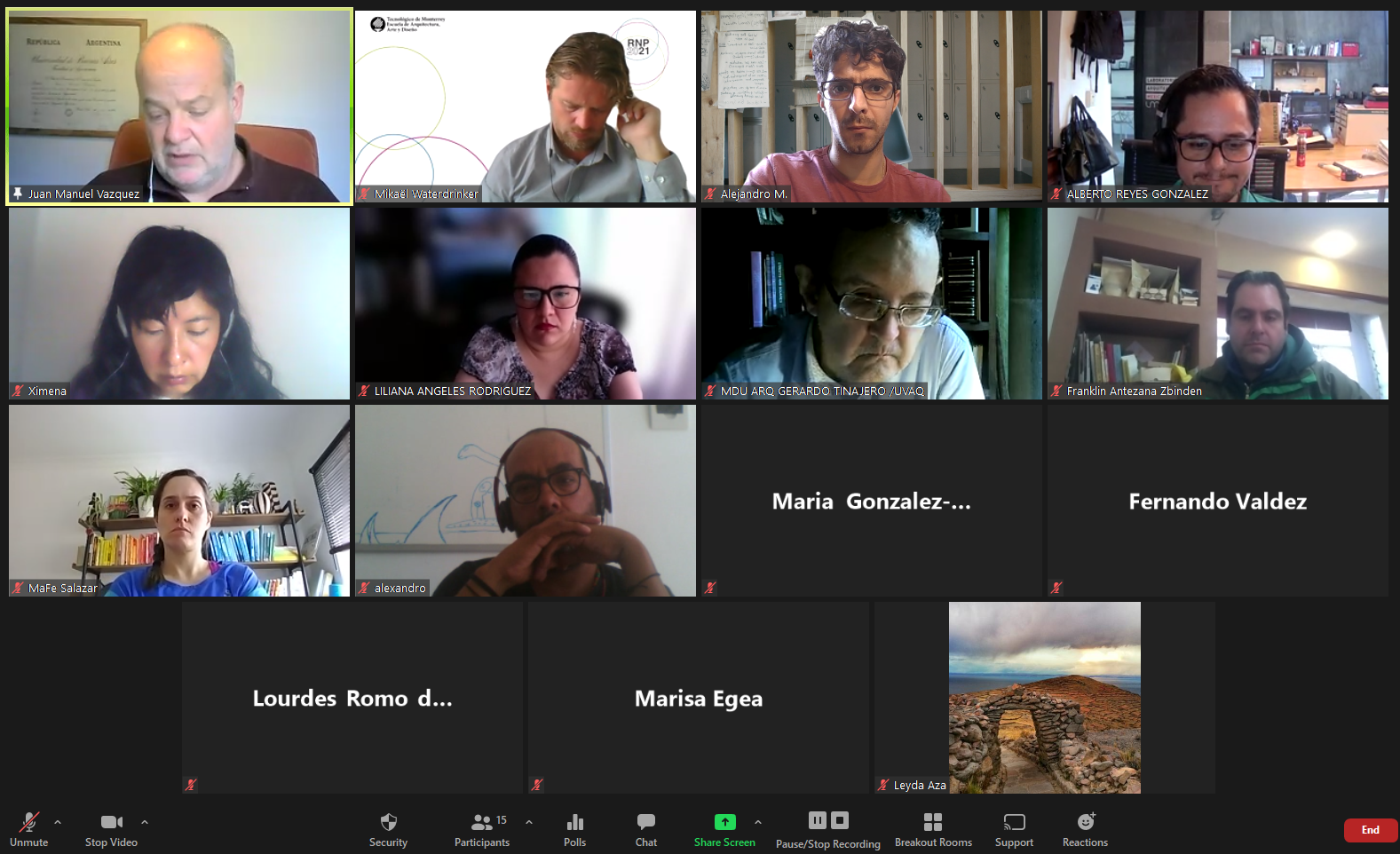Last week LatamHaus hosted the last of the workshops planned for this summer. This workshop looked at the materiality of the Passivhaus and how to develop sustainable neighbourhoods using the Passivhaus Standard, focusing on the Latin American context. This session was divided into two parts, one per topic followed by s discussion with all the participants, which was very stimulating. In a way, this was assisted through the workshop layout. For this last workshop, we wanted everyone to feel like they were talking as friends; hence this conversation was more relaxed.
Passivhaus: how to build sustainable communities
LatamHaus Workshop

Juan Manuel Vazquez talked about the Passivhaus materiality and the materials available in the different regions. One of the most critical remarks was to think about the environmental impact that each construction material has as many of the ‘standard’ construction materials use hydrocarbons and have a higher CO2 emission rate. Hence, we should think to move into natural materials such as wood, including Cross Laminated Timber (CLT) and all the vegetal fibres as they have the potential to absolve CO2. This should also consider materials that have an impact on the local circular economy, making them more attractive.
“When one decides the materiality of any building, it’s the moment when the building designer sets the course for the building. Once the construction is done, one cannot take back the raw materials during the whole life of that building.”
Juan Manuel Vazquez
One of the most critical factors is to make the complete life cycle assessment for the materials and use those with a lower CO2 footprint and high CO2 absorption during their lifetime. Hence, making buildings that are more resilient making the CO2 neutral buildings. As an added benefit, the natural materials also have better performance as insulation, moisture breathable and airtightness materials. But more importantly, the photosynthesis
“Dwellings need to move from being sources of carbon emissions to carbon sinks.”
Ursula von der Leyen
When looking at the cost of a building, it is vital to consider the environmental cost. Some governments have started to develop this further through the CO2 credits. In this regard, the universities should focus on supporting the development of appropriate policies and teaching future building designers how and at what cost. Not economic, but environmental.
The second part of the workshop focused on how to develop sustainable neighbourhoods through the Passivhaus Standard. This short lecture focused on identifying the factors and drivers in case studies across the globe where this has been done successfully. The principal drivers for this type of initiative are citizens’ demand for better housing and the need to reduce the CO2 emissions. Hence, it is driven by both people and government.
After discussing the factors and drivers for these neighbourhoods to pop out around the globe, Alejandro presented a case study. The ‘Prinz Eugen Park‘ in Munich is a 600 housing development built using wood to the Passivhaus Standard.
Once more, the LatamHaus Team wants to thank all the participats that took their time and came to share their experiences and enhance these rich discussions. It certainly helped us shape an agenda of interdisciplinary collaborations and shape projects that will support the Passivhaus development in Latin America.

